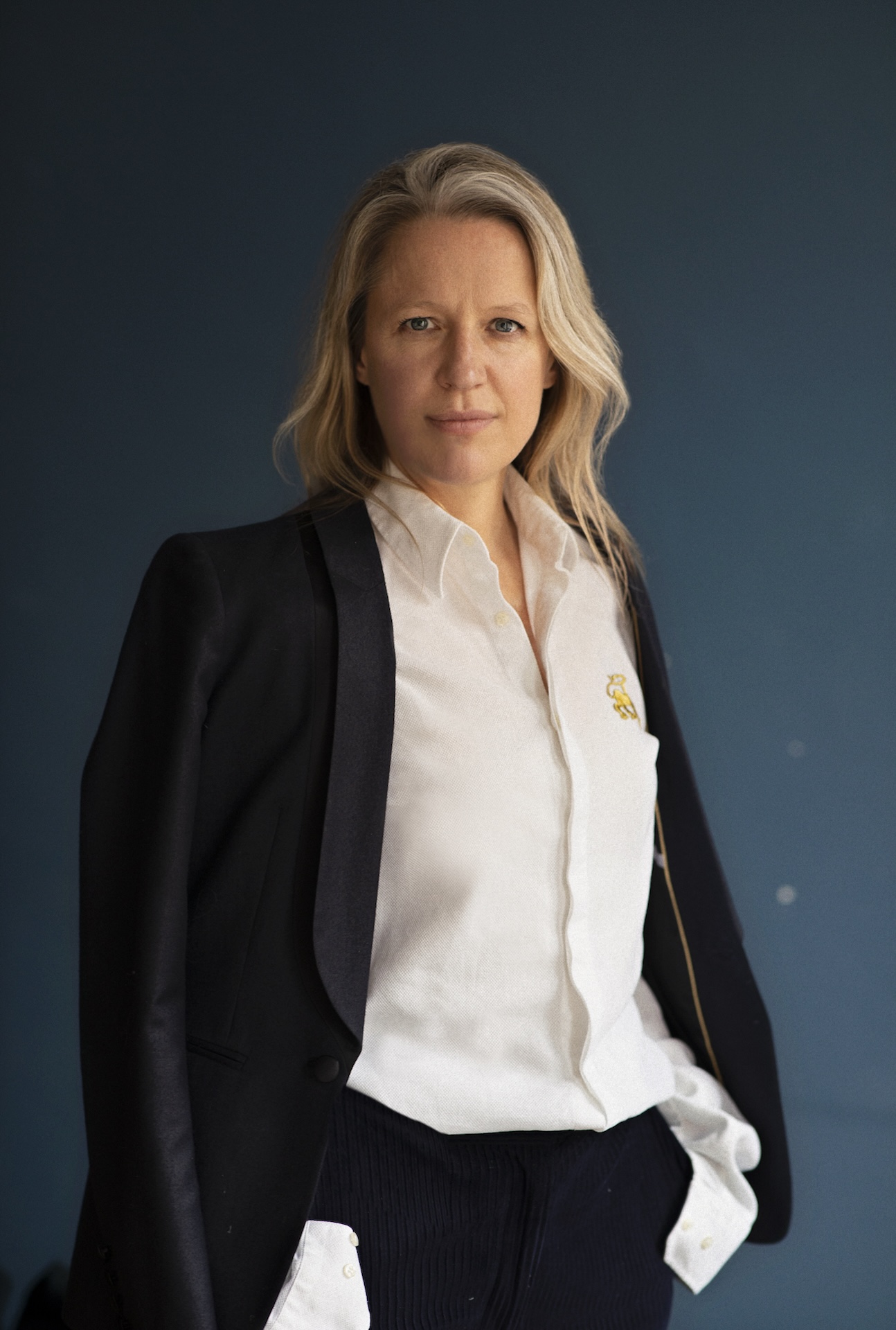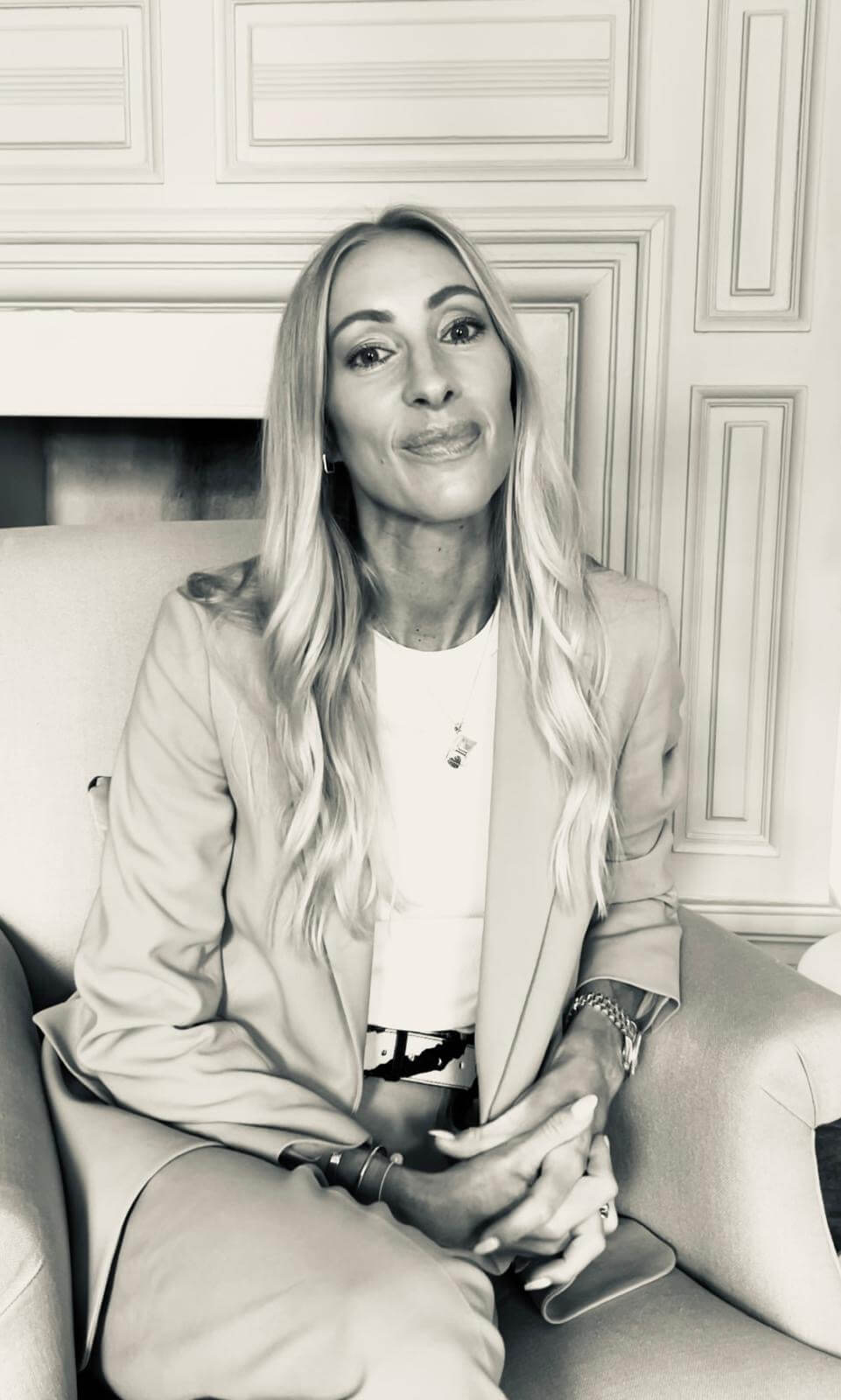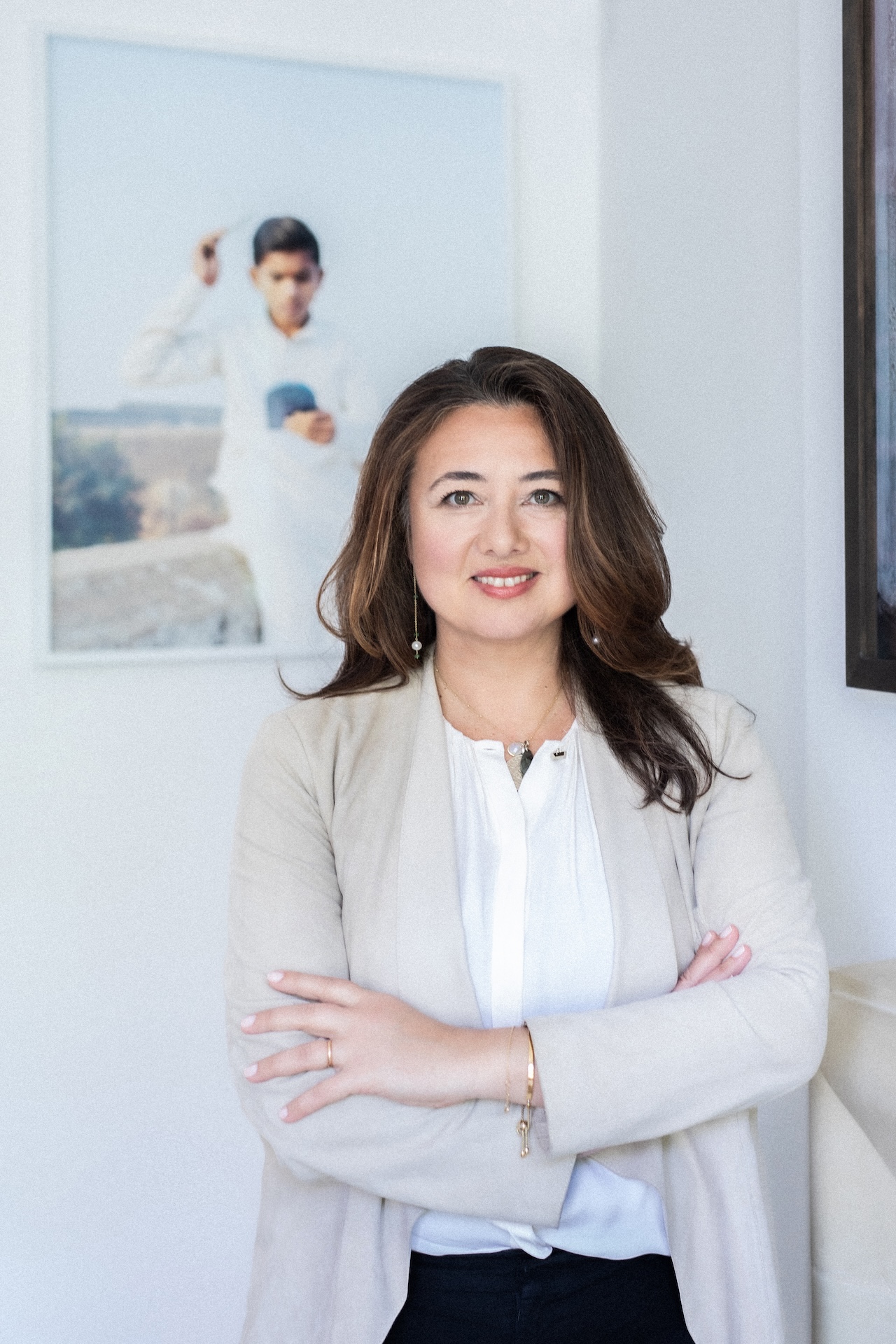

Interview: Art Basel in Basel Director, Maike Cruse
THE WICK: Talk us through your typical Monday.
Maike Cruse:
It depends! When I’m in Basel, my mornings begin by the Rhine – either with a peaceful walk or an invigorating swim, depending on the season and the weather. It’s the best way to clear the mind and spark creativity. In Berlin, the day kicks off with getting the kids to school, a daily ritual that grounds me.
By around 8:30am, I dive into the workday – a bunch of calls, meetings, and planning. Mondays are a bit of an exception: with galleries closed, they’re often more about catching up than discovering new art. Sadly, that usually means no exhibition visits – no matter where I am.
TW: You are the Director of Art Basel. What makes the flagship edition of Art Basel so distinctive and special?
MC: Galleries are bringing their A Game. Art Basel in Basel is often described as a temporary museum presenting what is important in the art world at exactly this moment in time. The Basel show is the broadest of all our shows from very emerging to modern art, from a site-specific show around town at Parcours to monumental works at Unlimited. Moreover, Basel is the ideal place to see art and reconnect.
TW: What’s something unexpected visitors to Art Basel in Basel will see this year?
MC: Katharina Grosse will transform Messeplatz as we know it with a painting incorporating the entire square and its surrounding architecture. It will be her largest work in the public space to date and will welcome our visitors to the show and beyond Basel.
TW: What does the future look like for art fairs?
MC: Art fairs continue to play an important role in the global art market as they are key channels for sales and opportunities to reach new and more geographically diverse collectors. According to the Art Basel and UBS Global Art Market Report 2025 the share of sales made by dealers at art fairs increased, underscoring their central role in driving sales.
“Art fairs continue to play an important role in the global art market as they are key channels for sales and opportunities to reach new and more geographically diverse collectors.”
TW: You previously were the Director of Gallery Weekend Berlin. How do you see the culture scenes of each city?
MC: Basel and Berlin are both internationally renowned art and culture hubs. Berlin is a large city with many international artists living and moving there steadily as well as a strong gallery scene while Basel is a rather intimate setting with a high density of museums and institutions which are operating on a truly global level. I live in both cities and enjoy this combination very much. It feels like I can have the best of both worlds.
TW: What is your favourite Culturally Curious spot in Basel?
MC: I am a big fan of Kunsthalle Basel which is one of the most important art spaces in Europe championing emerging artists. For Art Basel this year, director Mohamed Almusibli curated a show with Ser Serpas bringing together sculpture, painting and performance art examining the boundaries between body and time.
TW: In your career to date, you have led both institutional and independent and commercial initiatives. How can the two work better together?
MC: The worlds are often very much interwoven, and in my experience, collaboration works best when the focus is on serving the art and the artists. At Art Basel the collaboration with galleries, artists, independent spaces and institutions is our daily practice, as our program consists of all these stakeholders. The launch of the Art Basel Awards this year further elaborates on these collaborations. They are a bold step forward in reinforcing Art Basel’s industry leadership and deepening our relationships in the art world and across the creative fields. Designed as a year-long celebration of artistic and cultural impact, the Art Basel Awards celebrate artists, curators, collaborators, philanthropists and museums and institutions that shape the future of contemporary art and are sometimes overlooked.
TW: Who is your ultimate Monday Muse?
MC: There are so many, and most of them are artists. At Art Basel Awards, we’re honoring pioneers whose influence continues to shape the art world. Joan Jonas, for example, began her experimental work in the late 1960s, and her practice remains foundational to the evolution of numerous art forms. We’re also celebrating Adrian Piper, whose groundbreaking approach brought issues of race and gender into the heart of conceptual art. Another deeply inspiring voice is Cecilia Vicuña – artist, poet, and filmmaker – whose work powerfully confronts some of the most urgent issues of our time, from ecological devastation to human rights. I’m especially looking forward to hearing her speak at our Art Basel Awards Summit during show week.









